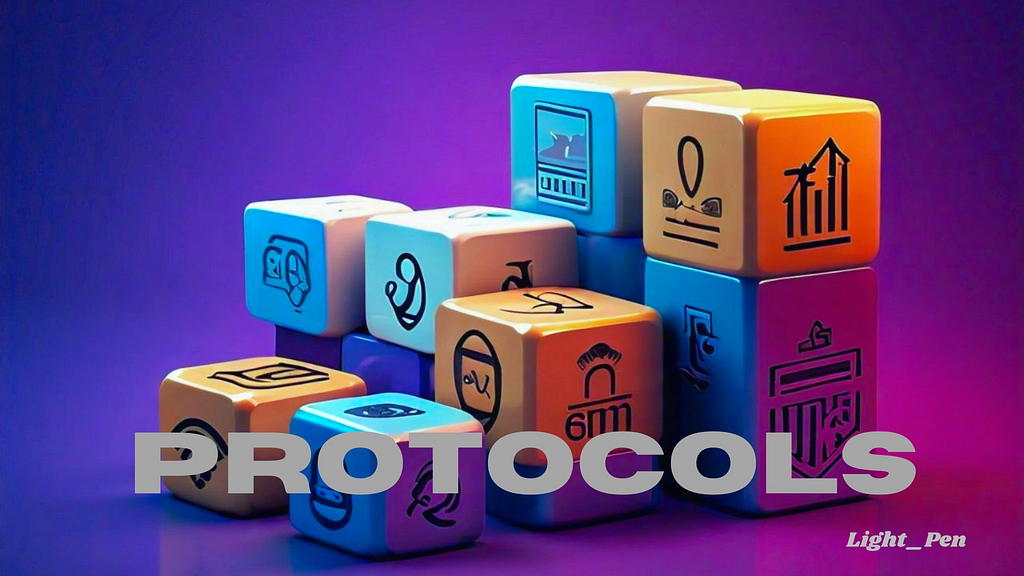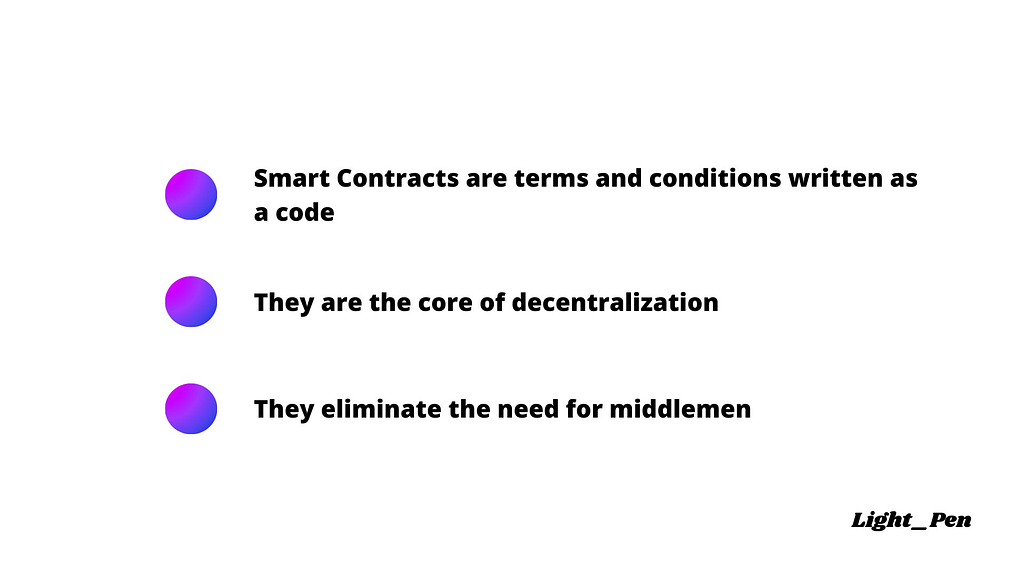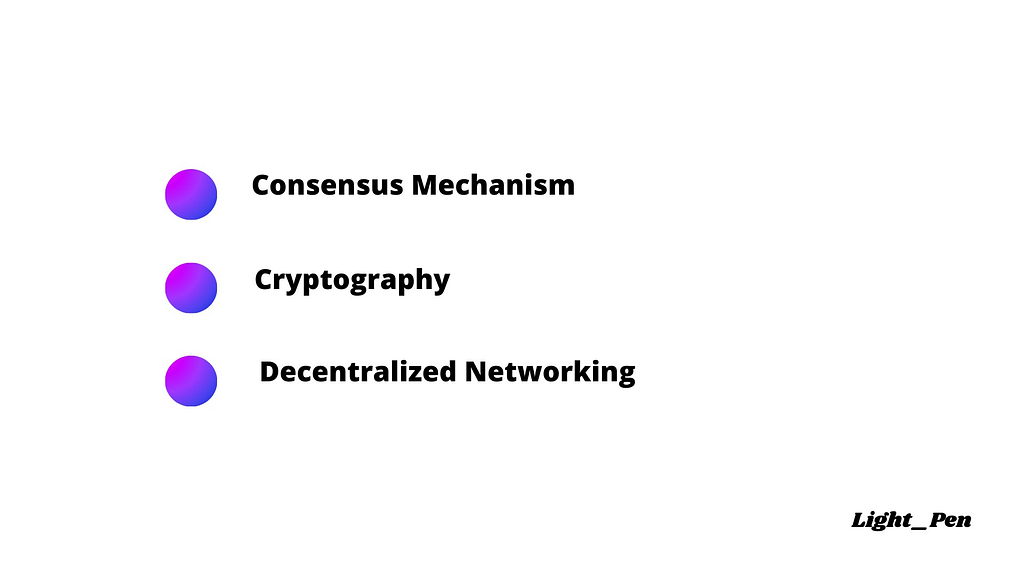Protocols Oversimplified

You know how people come up with ideas and start businesses to make money from them? They set up systems to benefit both customers and investors, keeping the money coming in. Depending on their needs and the company’s stage, they need a certain amount to reach their goals.
In DeFi, systems and structures are built to create an easy flow of money. These systems function using particular standards. These standards are rules made to keep interactions within the blockchain network seamless.
These standards are called Protocols.
A lot of people confuse them with Dapps and smart contracts. Though this article is not about differentiating the three, I will simplify the terms in a way that you can understand.
Stay with me.
What Are Protocols?
If you are Nigerian and grew up in a typical academic setting, you will quickly resonate with how schools create rules to ensure that students can easily access and understand each subject. These rules allow students to easily understand subjects and interact with all teachers without confusing one teacher for another subject.
With DeFi, there are rules put in place to ensure that applications are used seamlessly. These rules are responsible for easy interactions within a network or a blockchain.
To understand the founding process between the Blockchain, Dapps, Smart contracts, and Protocols, be on the lookout for my Web 3 Thesaurus where I will give a comprehensive breakdown of Web 3 terms so you too will understand and not confuse one term with another.
In a Blockchain, some rules allow data to be transmitted and processed within the network seamlessly. A simple example is the Ethereum Blockchain; the protocols in the network enable the function of both smart contracts and Dapps created within the Blockchain network.
In the same way, some rules implemented by school authorities enable peaceful and healthy collaboration between teachers and students.
- Protocols are rules set for easy transmission of data between nodes within a network
- They are rules set to ensure that applications function seamlessly
- They are responsible for the interactions that occur within the network
Do you get it now?
It is that simple!
Differences Between Smart Contracts and Protocols
I have heard people talk about Smart Contracts, and for a long time, I have seen them confuse Smart Contracts with Dapps and Protocols.
Yes, there are complex concepts in DeFi, but Dapps, Smart Contracts, and Protocols are certainly not among them.
Smart Contracts are codes written to eliminate the need for intermediaries; they are the core of decentralization. Let’s say you want to rent out your apartment; you can create a contract that says, “If you are 30 years old with a family of 3, with $200 you can rent a 2-bedroom apartment for a week.”
Here, there is a term and condition
1. If the terms and conditions fit you, you can make payment.
2. This way, there would be no need for an agent or a realtor who is probably a scammer.
3. Most importantly, you have a higher chance of getting the perfect apartment that best suits your description.
This is basically what smart contracts are about — eliminating the need for intermediaries and creating a more reliable way to conduct transactions.
Do you get it?
Cool.
DappsLet’s simplify the relative idea of Dapps. Using the example of renting out your apartment, Dapps are the applications that help you access the service or find the service of a well-furnished apartment. Just like a marketplace where you will find different kinds of apartments, Dapps are the applications that give us access to the service we need.
Do you see why it is called Dapps? Because it is a decentralized way to find a digital service.
It is that easy!

Now, with the understanding you have gained of Protocols, you will realize that in a Blockchain network, you need written code to automate transactions and a marketplace to showcase services for the concept of Protocols to be relevant.
Don’t confuse them with Smart Contracts.
1. Smart Contracts are the terms and conditions that make the service fitting.
2. Protocols are the rules and standards of service.
3. Dapps are the marketplace that showcases the service.
You see! It’s not so complex after all.
To be clear, Protocols are relevant in a network because of Standardization and Interoperability.
This means that Protocols are responsible for easy communication within a Blockchain network as a result of set rules of operation.
They create a framework for data and information to be transferred seamlessly within a network.
They maintain the different aspects of the network using a layered approach, error detection, and management of the flow of data within the network.
How Do Protocols Operate Within the Network?
Now you understand the relevance of protocols and will agree that the network is functional because of its ability to transmit data.
The question now would be:
How does data get transmitted within the network?
Let’s dive a bit into the theoretical aspect of how the Blockchain works.
To start with, the blockchain operates on three major pillars:
- Consensus Mechanism
- Cryptography
- Decentralized Networking
I have my comprehensive Thesaurus showing up sooner than later; there I will explain these terms in a way that you can explain them to your 19th-century Grandma. But for you to further understand how Protocols function, you’ll need to understand these terms fundamentally.
Consensus MechanismsYou know what I said about Protocols, about being the rules set to help the interaction between computers or nodes within a blockchain? Some mechanisms and algorithms enable nodes or computers to validate the authenticity of transactions going on within the network.
These mechanisms are called Consensus Mechanisms, and they function through the Consensus Algorithm to ensure that all nodes or computers interacting within the network follow the rules.
It’s just the same way the school authorities put up a system to curtail late coming and other vices in the school. In this case, the algorithm is used to ensure that every node that transacts within the network follows the rules.
Types of Consensus MechanismsThere are over 20 types of consensus mechanisms that operate in Blockchain technology, but for this article, I will address two of the many:
Proof of Work (PoW)
This is one of the ways to enable the transmission of data within the network. It is a Consensus algorithm that involves the concept of Mining.
Let me explain it better.
When a transaction occurs within a network, it goes to a place with unconfirmed transactions.
Then special computers pick up the unconfirmed transactions.
They add the transaction to the blockchain and then compete to find a nonce, which is a number that, when added, would complete the block’s data.
When the information of the block is complete, it passes through a hash encryption.
The major aim of mining is to encrypt and secure data within a network.
Too technical?
Be on the lookout for my Thesaurus coming soon; there I will explain the most complex concepts with simple statements.
Proof of Stake (PoS)To stake your asset means that you are willing to lock it up to show your commitment, and this is a method used to decide who gets to add the next block of transactions to the blockchain.
“Stake” in PoS refers to the amount of cryptocurrency that a person owns and locks up (like a security deposit) to participate in the network.
PoS is a consensus mechanism that is used in Blockchain Technology to validate transactions and add new blocks to the blockchain without going through the mining processes as is done with PoW.
Just like there are miners in the PoW systems, there are validators in PoS. Here, validators lock up or stake some crypto assets to ensure that they are eligible to validate transactions.
Easy prissy!
Blockchain protocols are the engines driving decentralized networks. They ensure that every transaction is secure, transparent, and seamlessly efficient.
Understanding these concepts might seem complex, but they are the keys to the future of digital transactions. Blockchain protocols and their consensus mechanisms guarantee that every piece of data is authentic and every transaction is trusted without a middleman.
In my next post, I will explain in detail how Cryptography and Decentralized Networking help the blockchain network to function. Also, let me know if I should disclose the remaining 20+ consensus mechanisms.
I remain your favorite Content Writer, Content Marketer, and Content Strategist.
You can contact me on Twitter X
Check out my Portfolio to see some jobs I have worked on
Protocols Oversimplified was originally published in Coinmonks on Medium, where people are continuing the conversation by highlighting and responding to this story.
